

They were cowboys amid the mesas in a corner of New Mexico. For years they coexisted with an oil company — until one day they couldn’t.
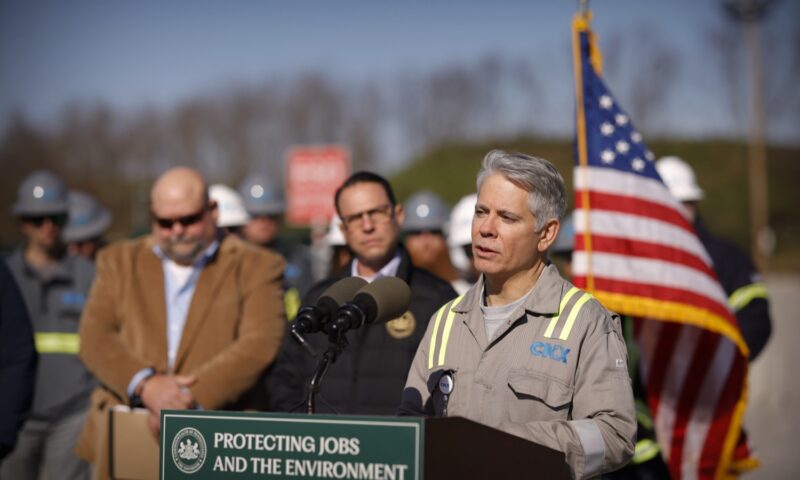

With billions up for grabs and scores of air quality violations to its name, CNX tries to recast itself as a climate warrior.


With water use growing, arid Western states are asking for new regulations.


How to follow the heat to the next disease; and how following the science got a researcher in trouble.
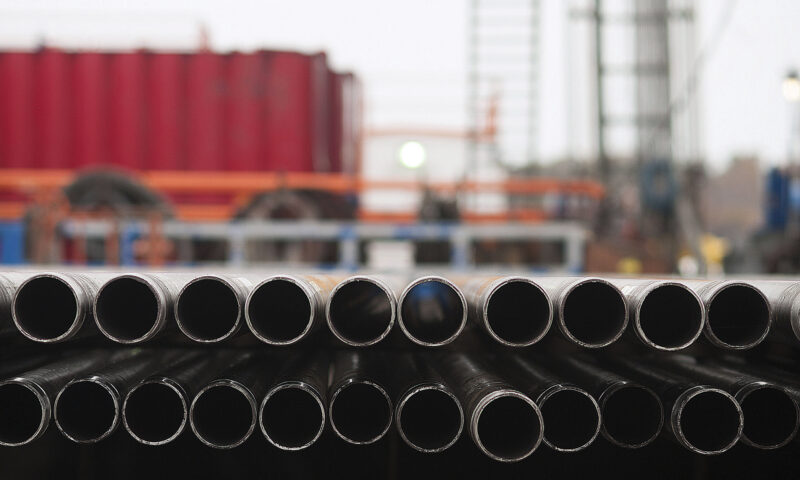

Order was quietly signed on the same day that residents celebrated the energy company’s plea deal on charges of environmental crimes.


What’s happening among unincorporated communities like Lanare, Matheny Tract and Tooleville may portend darker days ahead.
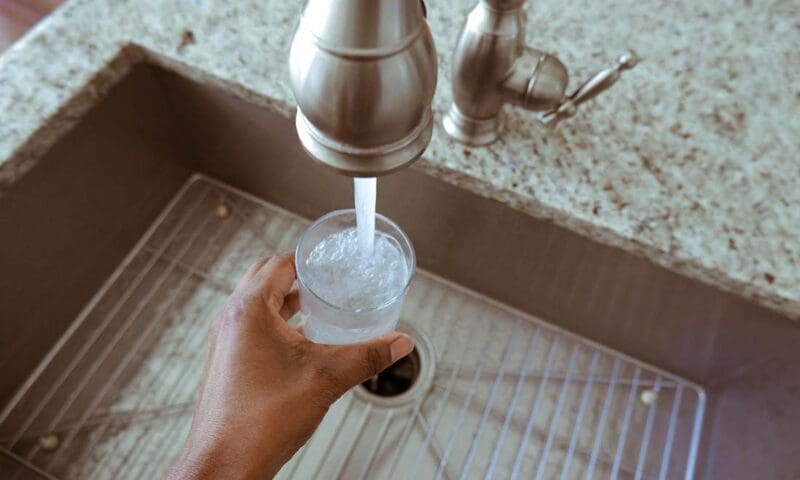

The EWG tap water database brings into focus challenges facing underserved communities grappling with drinking water contamination.


As the state grapples with ongoing drought and an array of drinking water pollutants, California’s most vulnerable residents have the biggest reason to worry.
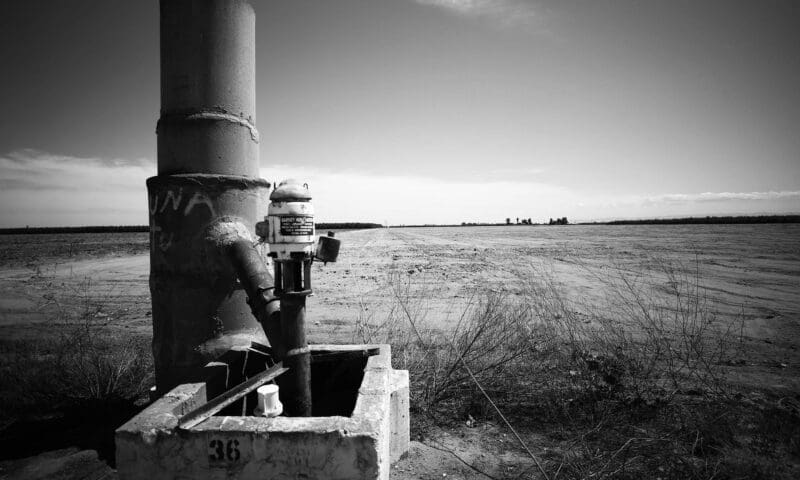

Groundwater systems are key during California droughts, but certain communities are running dry — and there’s no real solution in sight.
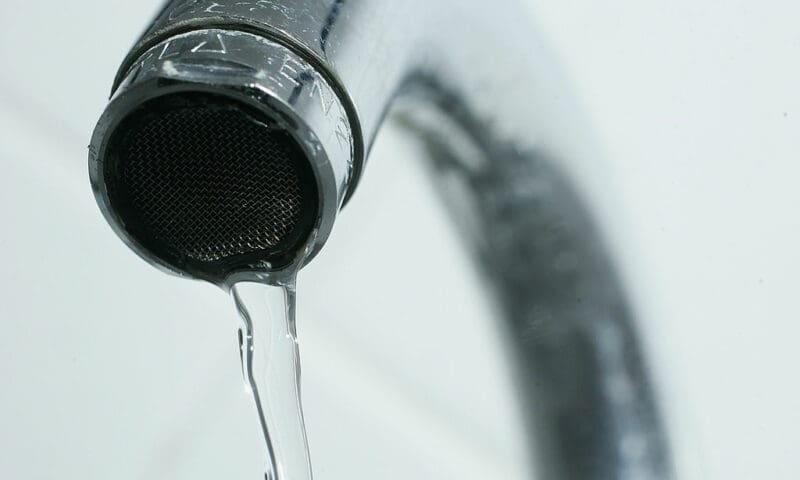

How Sacramento deals with polluted wells is quickly, if quietly, defining how seriously California takes the issue of clean drinking water.


A book written by the “Erin Brockovich of sewage” is a call to find common ground for clean water and other environmental justice causes.
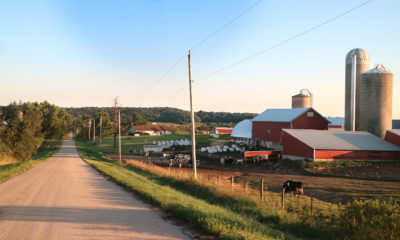

A key Wisconsin voting bloc pushes back against corporate consolidation.


Cheering the clear skies of the COVID-19 epoch is a little like celebrating the return of wildlife to Chernobyl’s exclusion zone.

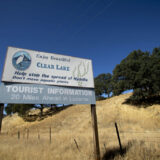
Clear Lake was once a resort destination. When its water quality deteriorated, tourism plunged.
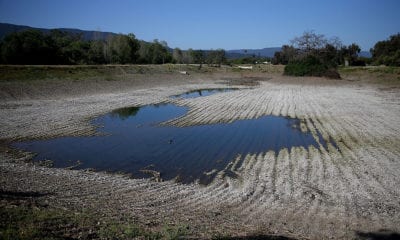
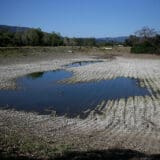
PFAS chemicals have been linked to numerous health problems, including cancer. And they’re increasingly being found in public drinking water systems.
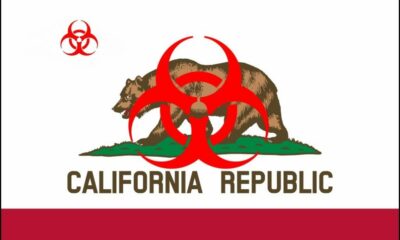
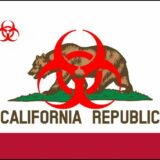
PFAS compounds are found in clothing, carpeting, furniture, food packaging, non-stick cooking products and fire-fighting foams. They’ve been linked in humans to cancers and hormonal disruption, as well as developmental, reproductive and immune system problems.
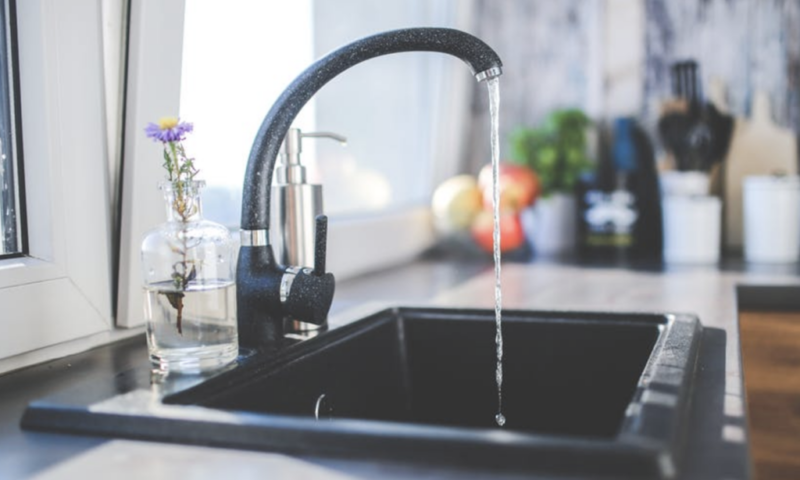

For-profit water corporations see America’s crumbling infrastructure as a business opportunity. Either they buy struggling water systems or market their services to cities like Pittsburgh that need the help.
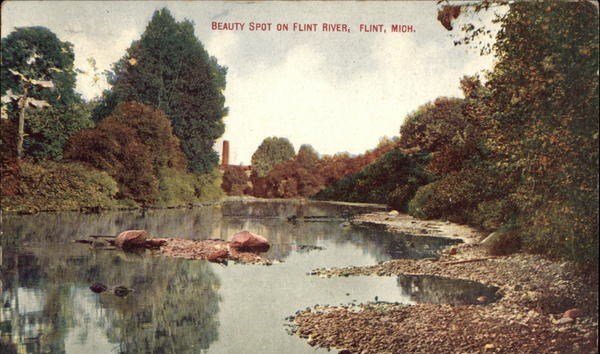

For southwest Flint resident Qiana Dawson, it started when she was combing her 2-year-old daughter Rylan’s hair. Dawson was gently spraying water on the child’s head to ease the task, when Rylan started crying, as if she were in pain. She took her to a dermatologist.
And that was when her family discovered the problem with Flint’s water. “I don’t think you anticipate things like this,” Dawson said nearly two years later. “You take water for granted.” Even in hardscrabble Flint, drifting in and out of receivership since the last century, with a population that’s shrunk nearly 21 percent in 15 years and has one of the nation’s top crime rates — clean, healthy tap water seemed like a citizen’s basic right. Now Flint’s water is only safe for washing floors and flushing toilets. Dawson and her family of four have had to use bottled water for everything else—brushing teeth, cooking, washing vegetables,
» Read more about: Flint’s Water Disaster: A Lead-Pipe Cinch »
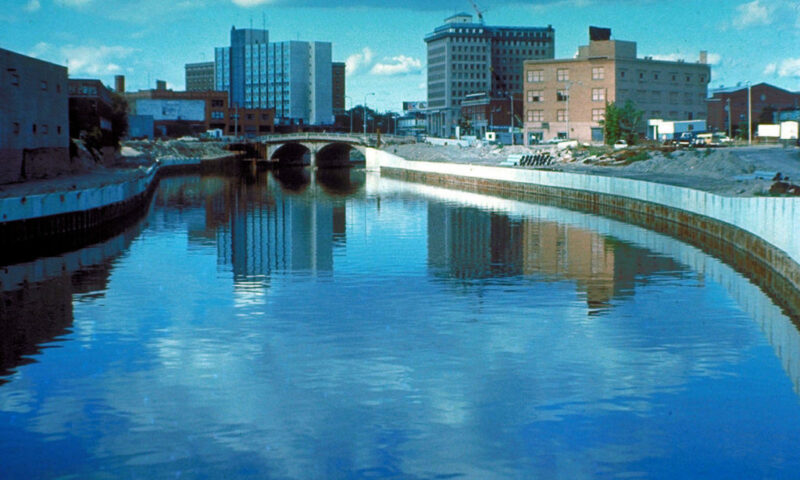

By now, many are familiar with the tragic details of the water crisis in Flint, Michigan. But a key chapter in the story is being overlooked.
In February 2015, almost a full year before the news of widespread lead poisoning gained headlines, the world’s largest private water corporation, Veolia, deemed Flint’s water safe. It was hired by the city to assess water that many residents had been complaining about—a General Motors plant had even stopped using Flint’s water because it was rusting car parts.
Veolia, a French transnational corporation, declared Flint’s water to be “in compliance with State and Federal regulations.” While it recommended small changes to improve water color and quality, Veolia’s report didn’t mention lead.
Flint’s water system needs to be fixed today regardless of costs. But one thing should be completely off the table: privatization.
Often,
» Read more about: French Water Company’s Dirty Role in Flint »
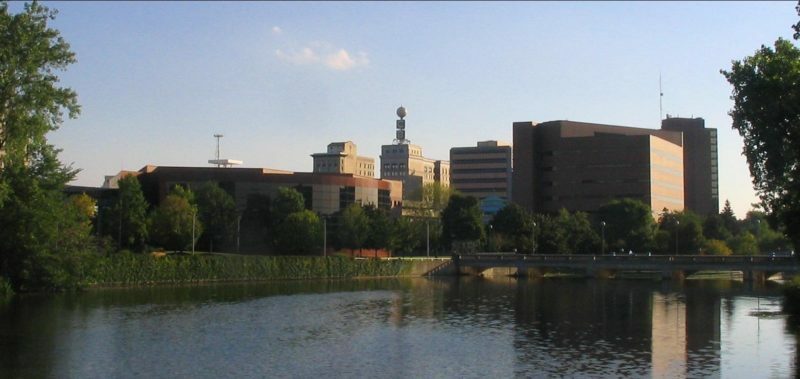

Flint was a failure of government — but it didn’t have to be so. And government wasn’t the root of the problem. It was about the people, and ideas they advocate, who have taken control of governments across the country.
Water is a public good provided by public institutions — i.e. governments. It should be clear now that “running government like a business” (the privatizers trope) means you don’t invest in places that don’t have markets that can afford to buy your products. It didn’t work for Flint and it doesn’t work for America. Government needs to be run like a government — clear about its mission, run by competent people (yes, bureaucrats) committed passionately to the public good.
The tragedy of Flint should never have happened, but at this point, the evidence is undeniable and the suffering is real. Fixing Flint is an urgent priority. Fortunately,